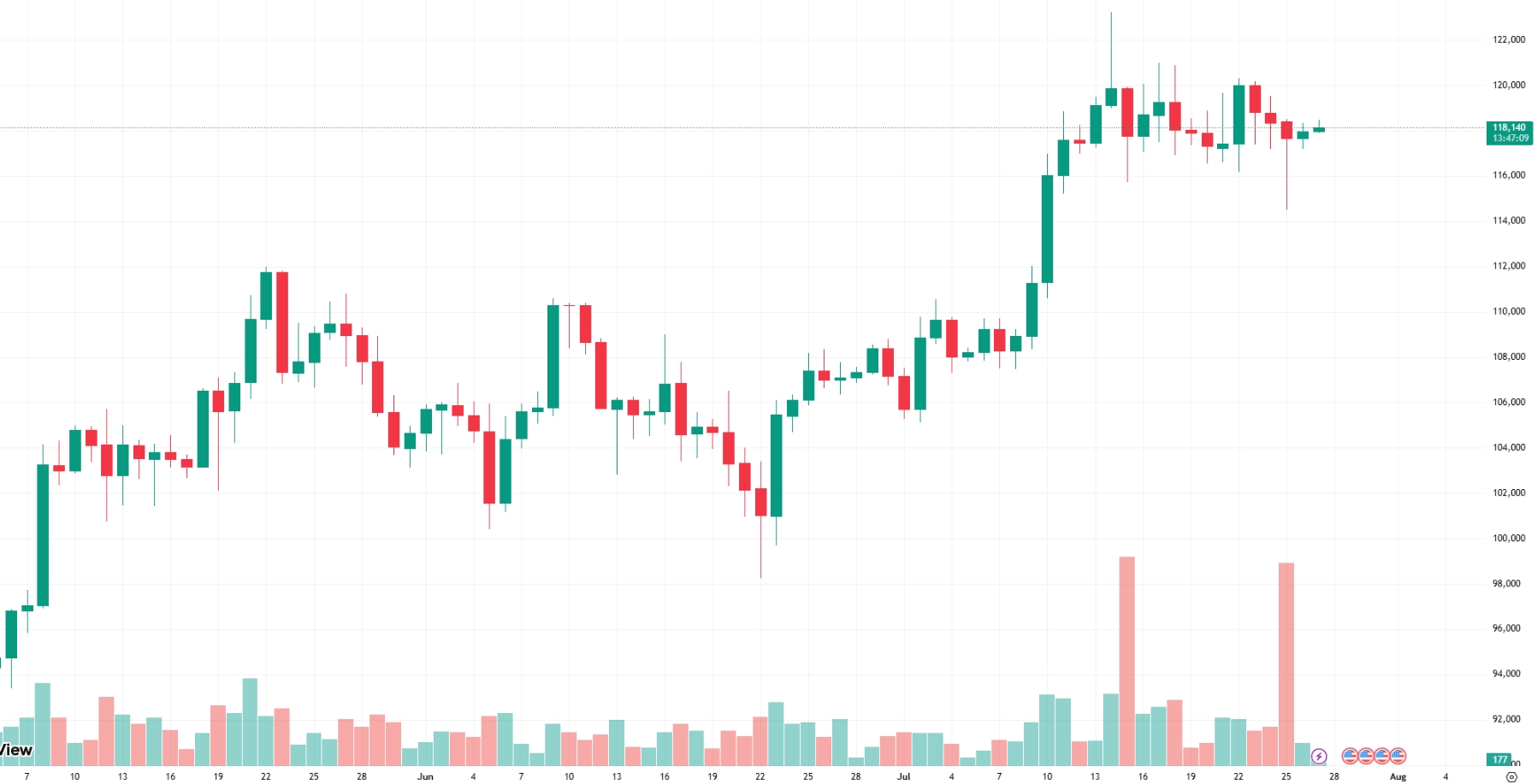What Does The Skyrocketing Ancient BTC Supply Tell Us?
The post What Does The Skyrocketing Ancient BTC Supply Tell Us? appeared on BitcoinEthereumNews.com. An average of 566 BTC per day is falling into this long-term “ancient supply” bucket, compared to the current daily issuance rate of 450 BTC, reported Fidelity Digital Assets on June 18. This trend marks the first time in Bitcoin’s history that long-term held coins are growing faster than new supply, potentially reinforcing the asset’s scarcity narrative. It also noted that the share of ancient supply tends to increase each day, with daily decreases observed less than 3% of the time. “The strong conviction of these ultra-long-term holders is having an increasing influence on the wider Bitcoin ecosystem,” said Fidelity research analyst Zack Wainwright. As of June 8, 17% of all bitcoin falls into the category of “ancient supply”—meaning these coins have not moved in a decade or more. What could this mean for scarcity, market dynamics, and investors’ conviction? Find our team’s thoughts: https://t.co/EALzrfS92c pic.twitter.com/Ckm3MylTLY — Fidelity Digital Assets (@DigitalAssets) June 18, 2025 Bitcoin’s Ancient Supply Growing The ancient supply currently exceeds 3.4 million BTC, which is around 17% of the total supply, and it continues to grow daily in a dynamic that shifted after the 2024 halving. Additionally, Satoshi Nakamoto’s coins account for around a third of the ancient supply, but a portion is likely lost. However, since the 2024 US election, ancient supply has declined more frequently, suggesting some long-term holders are moving coins or taking profit in response to market uncertainty. The research also noted that as of June 8, the supply of five-year holders has decreased on a day-to-day basis 39% of the time following the election, three times more than the typical rate of 13%. “This long-term holder movement may help explain some of the sideways and downward price action observed during the first quarter of 2025,” Wainwright observed. “It also shows that ancient supply…

The post What Does The Skyrocketing Ancient BTC Supply Tell Us? appeared on BitcoinEthereumNews.com.
An average of 566 BTC per day is falling into this long-term “ancient supply” bucket, compared to the current daily issuance rate of 450 BTC, reported Fidelity Digital Assets on June 18. This trend marks the first time in Bitcoin’s history that long-term held coins are growing faster than new supply, potentially reinforcing the asset’s scarcity narrative. It also noted that the share of ancient supply tends to increase each day, with daily decreases observed less than 3% of the time. “The strong conviction of these ultra-long-term holders is having an increasing influence on the wider Bitcoin ecosystem,” said Fidelity research analyst Zack Wainwright. As of June 8, 17% of all bitcoin falls into the category of “ancient supply”—meaning these coins have not moved in a decade or more. What could this mean for scarcity, market dynamics, and investors’ conviction? Find our team’s thoughts: https://t.co/EALzrfS92c pic.twitter.com/Ckm3MylTLY — Fidelity Digital Assets (@DigitalAssets) June 18, 2025 Bitcoin’s Ancient Supply Growing The ancient supply currently exceeds 3.4 million BTC, which is around 17% of the total supply, and it continues to grow daily in a dynamic that shifted after the 2024 halving. Additionally, Satoshi Nakamoto’s coins account for around a third of the ancient supply, but a portion is likely lost. However, since the 2024 US election, ancient supply has declined more frequently, suggesting some long-term holders are moving coins or taking profit in response to market uncertainty. The research also noted that as of June 8, the supply of five-year holders has decreased on a day-to-day basis 39% of the time following the election, three times more than the typical rate of 13%. “This long-term holder movement may help explain some of the sideways and downward price action observed during the first quarter of 2025,” Wainwright observed. “It also shows that ancient supply…
What's Your Reaction?










































